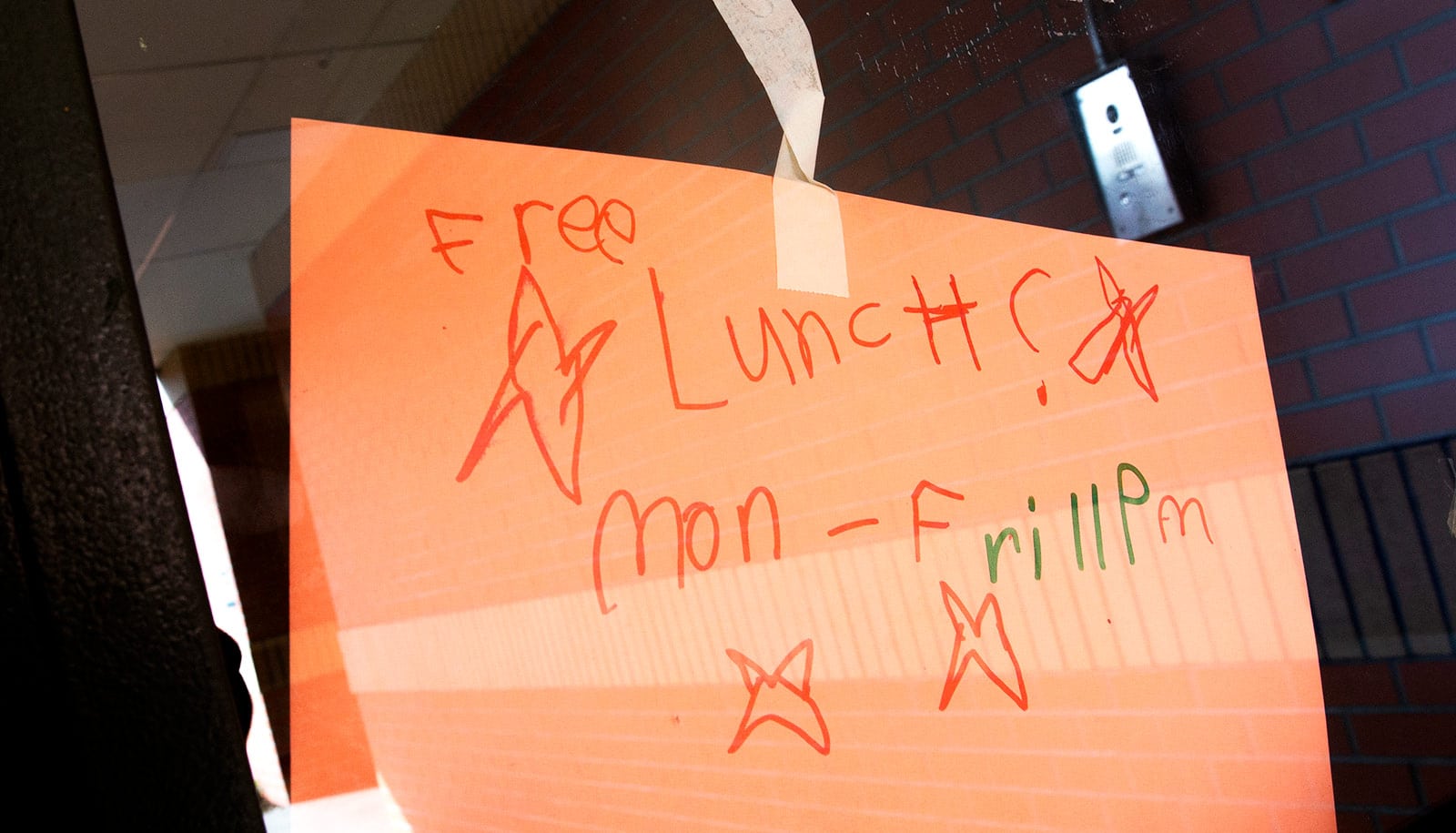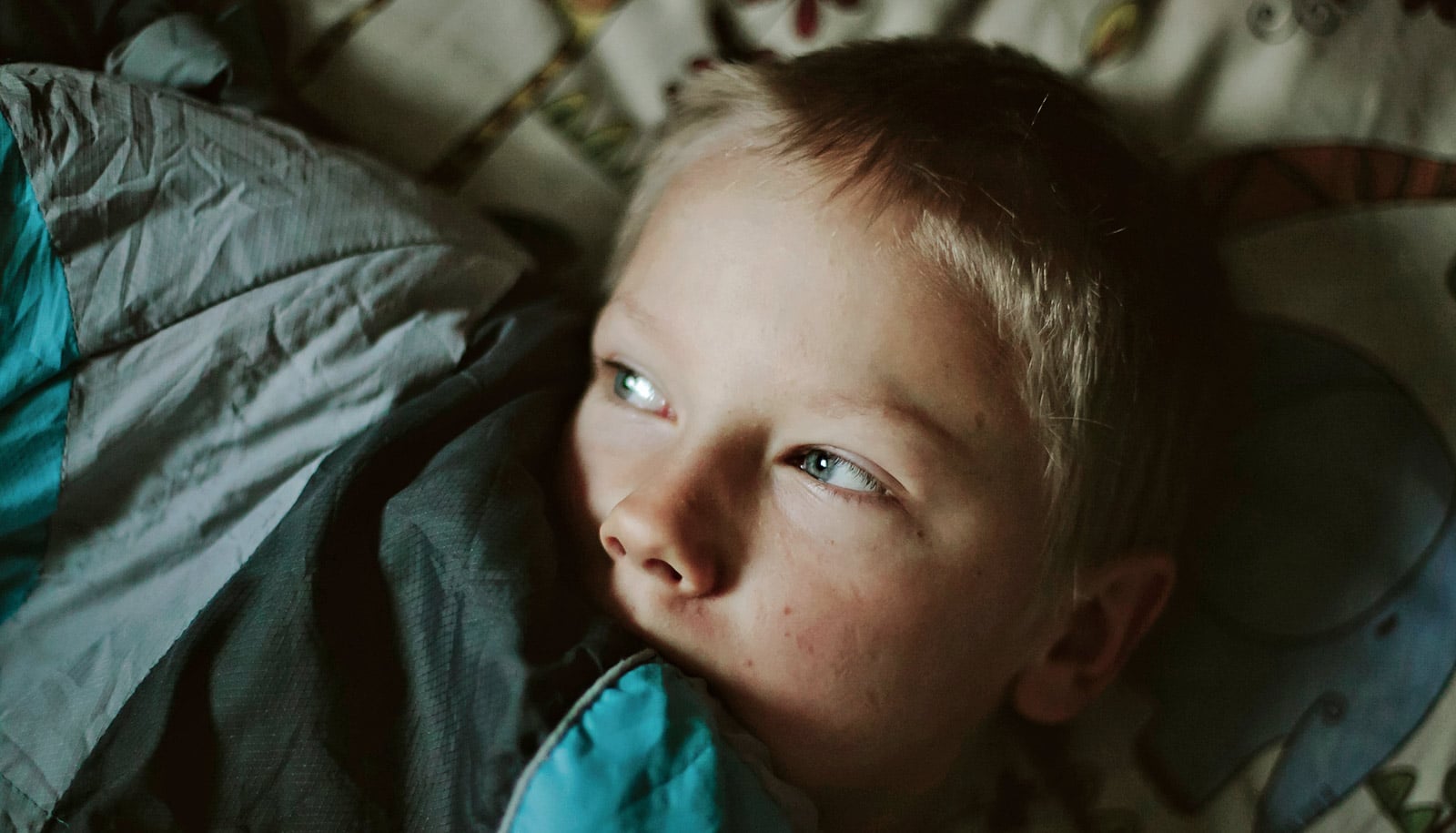Closing schools for the rest of the year could have long-term health implications for children, experts warn.
Julia Wolfson, an assistant professor of health management and policy at the University of Michigan, studies food literacy/food agency, implementation of cooking skills education, and nutrition assistance programs such as the Supplemental Nutrition Assistance Program (SNAP).
Roshanak Mehdipanah, an assistant professor of health behavior and health education, has studied urban renewal, housing, and policies aimed at eliminating health inequalities.
Here the two talk about what closing schools in response to the coronavirus could mean for kids’ health, both in the short and long term:
Some states have had to close schools for the rest of the academic year. What are the implications for students?
Mehdipanah: Adequate housing is not an option for all and for some students being at school is the only time they have to learn. For some that do have homes, these homes could be in inadequate conditions from overcrowding to lack of access to utilities, including electricity and water.
Some may not have internet or access to online learning. For some, a house may not even be an option. The intersects of housing and education will exacerbate existing learning/education inequities. And in the future those kids will have difficulties in catching up on missed school work.
Wolfson: Closing schools for a long period of time has the potential to seriously exacerbate disparities between lower- and higher-income students.
Low-income students depend on schools for food and nutrition (up to two-thirds of their daily food intake), so long-term solutions to provide food to students who need it should be a priority.
First and foremost, the biggest immediate needs are making sure students who need food can get it, and students who need additional support connecting with teachers, classmates and learning opportunities get that technical support.
But, then the state needs to figure out how to support families with other needs. There will be stark differences in how different students/families are able to navigate learning from home.
Now that we are in this for the long haul, swift action needs to be taken to ensure existing disparities in educational outcomes are not exacerbated.
Is there anything schools can do to help soften the blow from an academic standpoint?
Wolfson: Students who don’t have access to internet, computers, or other ways to access digital content will be at a serious disadvantage, so it is imperative that the state and local school districts figure out how to ensure that all students have the ability to continue learning during this time.
This period will be especially difficult for students experiencing homelessness, students who may be dealing with family members getting sick (or who get sick themselves), as well as students with learning disabilities or other special needs.
There are myriad needs that students will have that go beyond equipping them with digital learning opportunities during (and after) this period when schools are closed.
Source: University of Michigan



